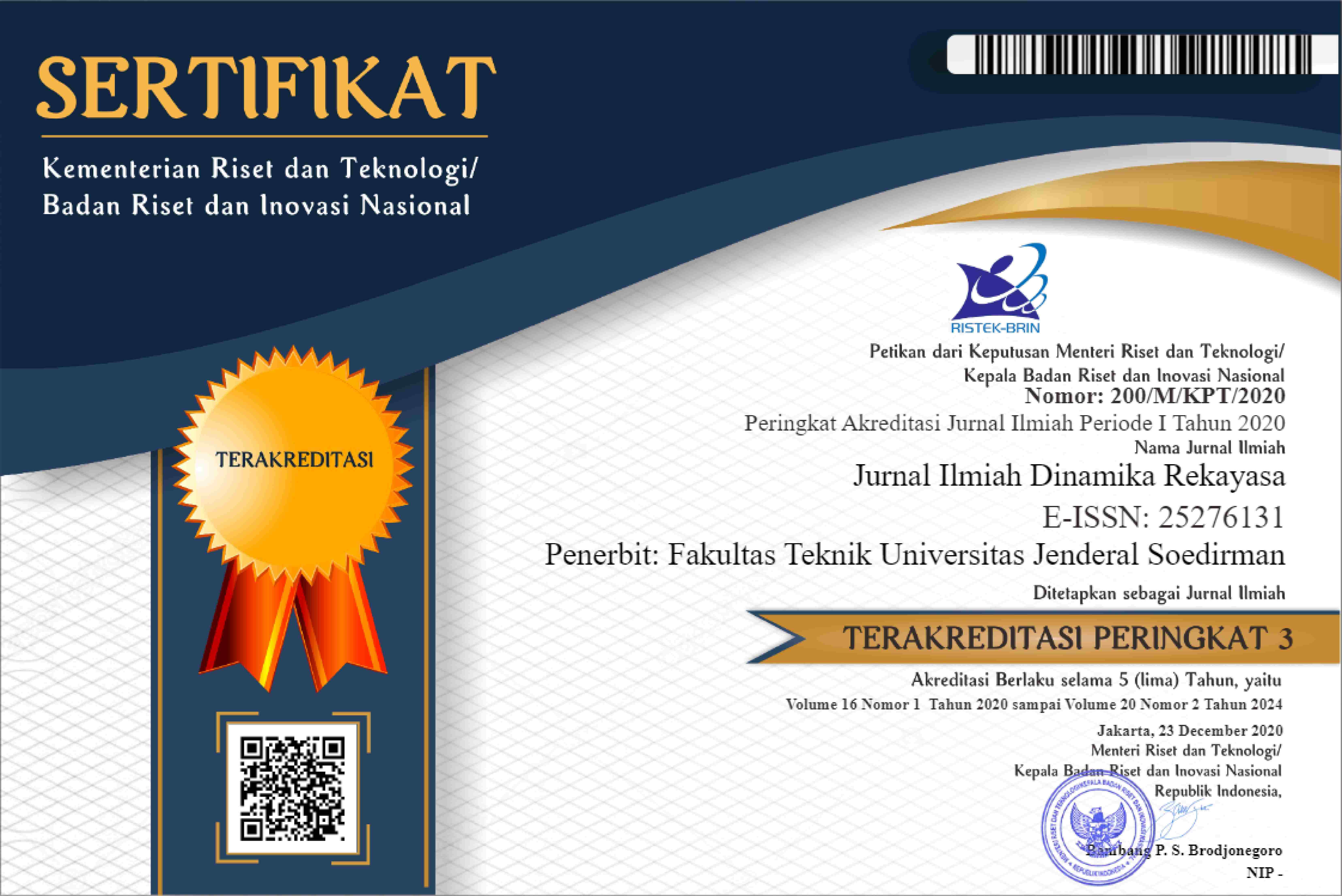Application of the Analytical Hierarchy Process (AHP) Method for Zoning Potential Groundwater in the Kalianda and Surrounding Area, South Lampung District, Lampung Province
DOI:
https://doi.org/10.20884/1.dinarek.2024.20.2.43Keywords:
Airtanah, AHP, Analytical Hierarchy Process, Zona Potensi AirtanahAbstract
Management related to groundwater resources is needed, especially in areas experiencing rapid regional development, such as Kalianda, South Lampung Regency. The initial step in management is identifying groundwater potential, using the geographic information system. This research aims to map groundwater potential zones using the Analytical Hierarchy Process (AHP) method in the Kalianda area. The methods used were geological mapping, AHP processing via GIS, and comparative analysis with aquifer productivity maps and the numbers of well distribution in the research area. From geological mapping, lithology was obtained in the form of Alluvium Unit, Mount Rajabasa Laharic Deposit Unit, Mount Rajabasa Andesite Lava Unit 1, Mount Rajabasa Andesite Lava Unit 2, Mount Rajabasa Andesite Lava Unit 3, Mount Pandan Pyroclastic Breccia Unit 1, and Mount Pandan Pyroclastic Breccia Unit 2. The results of the groundwater potential zone analysis divided the research location area into four zones: low potential zone covering 42.34%, medium 21.17%, quite high 15.45%, and very high 21.03% of the research area. The low and medium potential zones are the zones with the largest constituents spread across the southeast and south, and the moderately high and very high groundwater potential zones spread across the north and along the coast. In addition, the zoning results are proportional to the number of wells in each zone.





